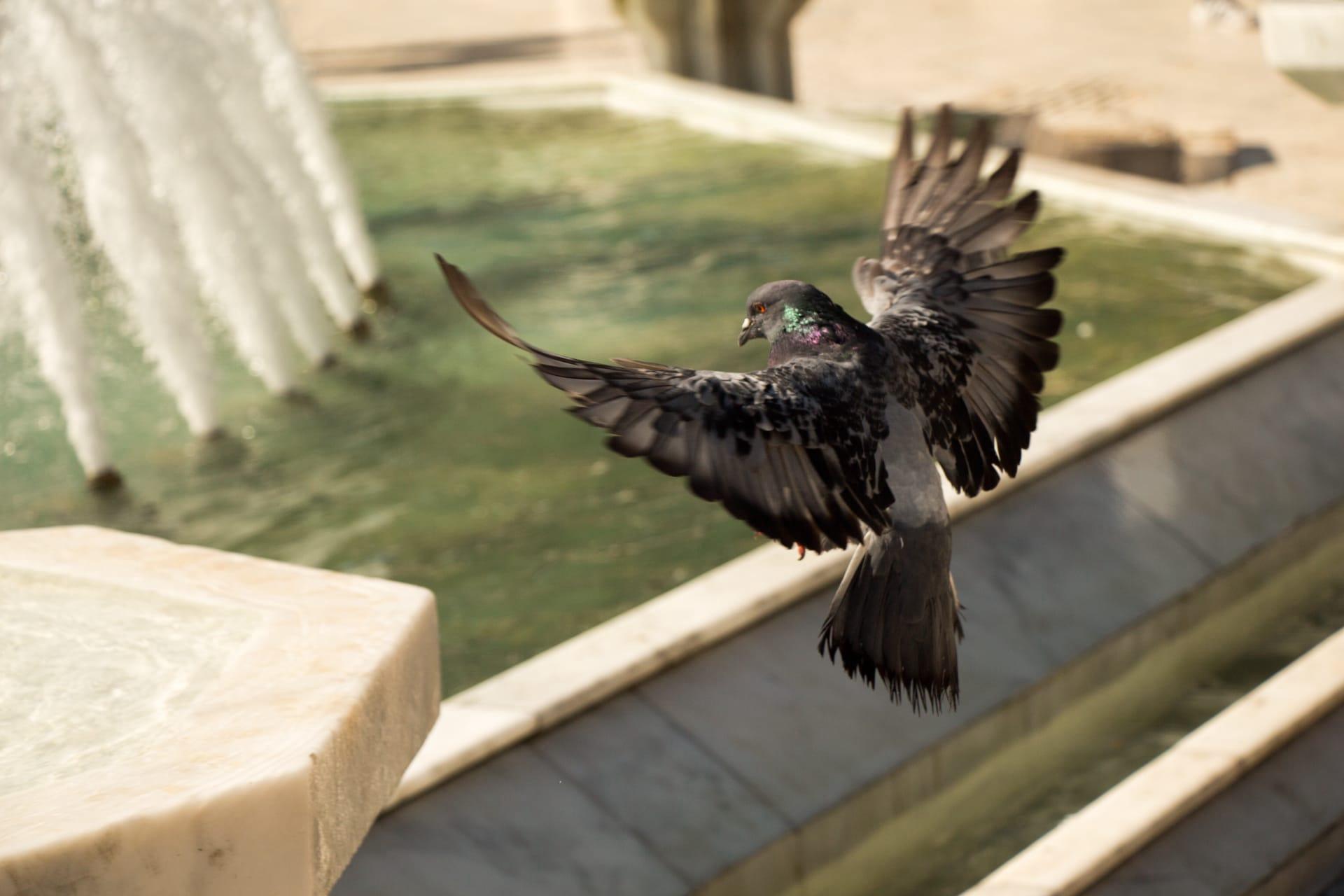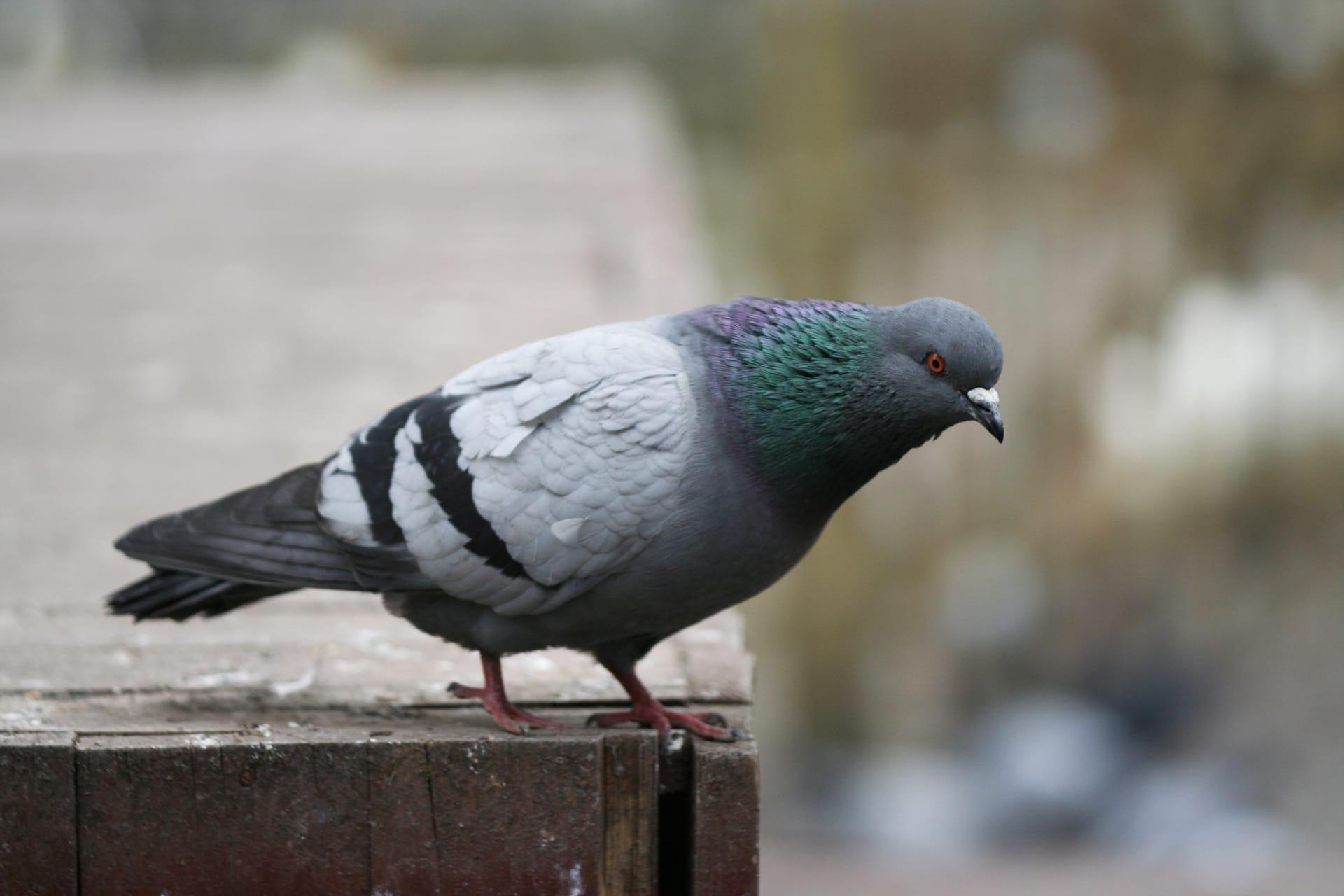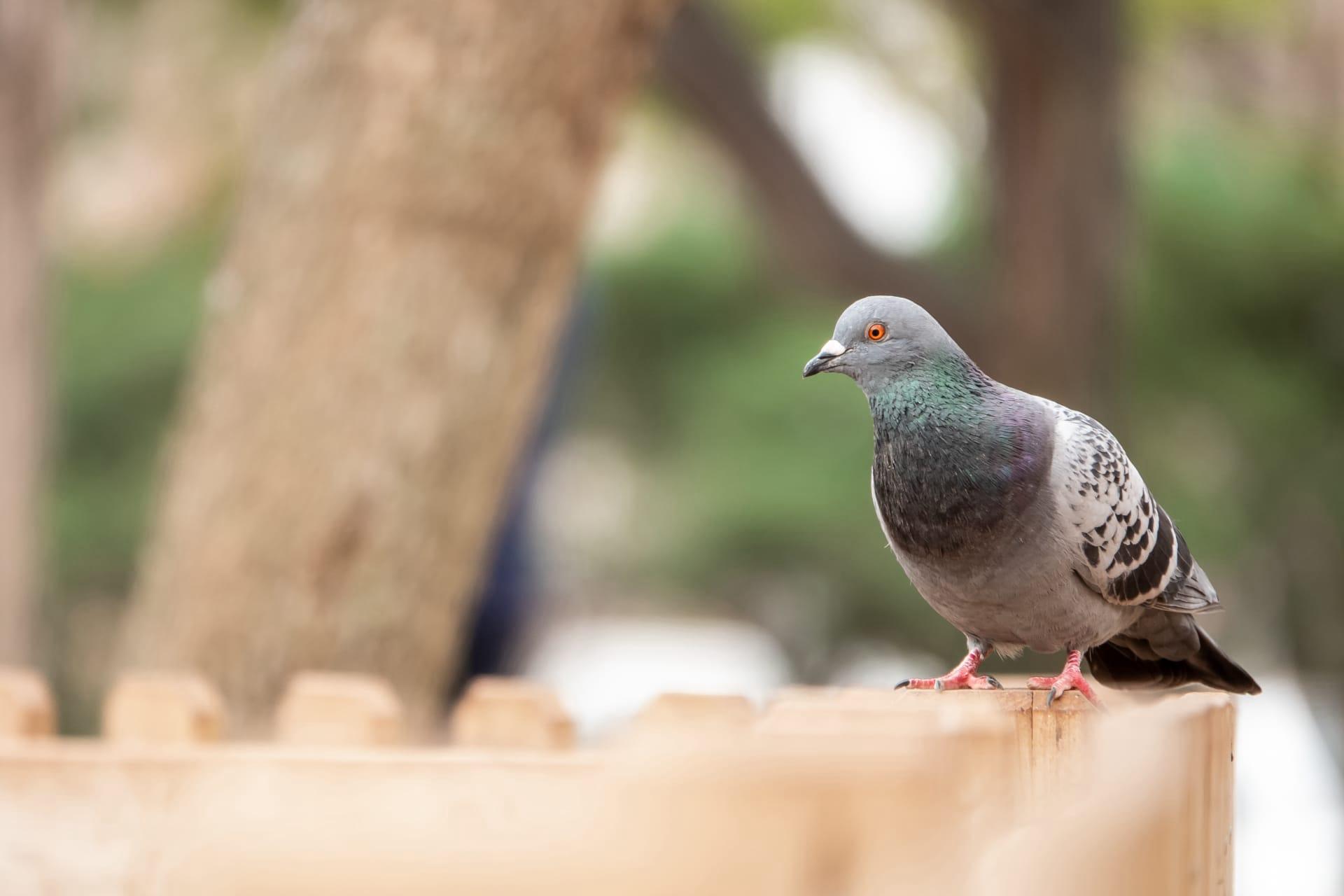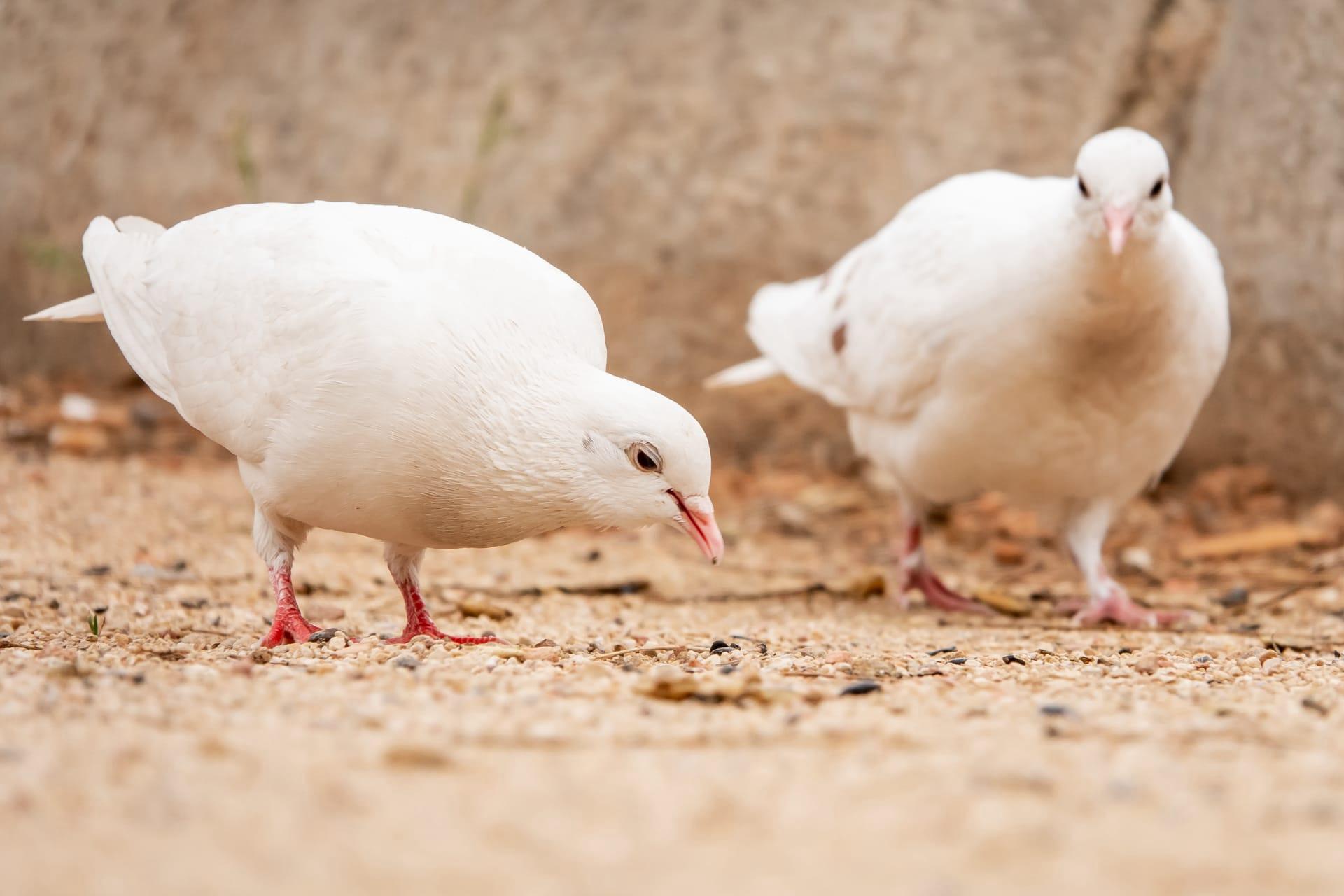Pigeon Characteristics
- Home /
- Mini Encyclopedia /
- Animal /
- Pigeon Characteristics
1
Pigeons, remarkable for their adaptability, exhibit a variety of physical characteristics. Commonly, they measure around 13 to 14 inches in length and weigh about 300 to 350 grams. Their lifespan in the wild averages 3 to 5 years, though in protected environments, they can live up to 15 years. The most distinctive feature of pigeons is their remarkably strong breast muscles, constituting about one-third of their body weight. This muscular development facilitates their powerful and sustained flight.
One of the pigeon's most fascinating organs is its homing ability, linked to its unique sense of orientation and navigation. Scientists believe this is due to a complex interplay of the Earth's magnetic fields, the sun's position, and landmarks. This ability enables pigeons to find their way home over long distances, even when released in unfamiliar territories.

2
Question: Why are pigeons often seen bobbing their heads when they walk?
Answer: Pigeons bob their heads to stabilize their visual surroundings. This head-bobbing movement is a compensatory motion that helps them maintain a steady visual environment. When their head moves forward, it pauses briefly, allowing them to gather visual information. The head then quickly retracts to its original position while their body continues moving forward. This unique motion ensures precise visual perception while they are in motion, crucial for navigating through cluttered environments.

3
Pigeons are known for their impressive flight capabilities. They can reach speeds up to 77.6 miles per hour and are capable of covering distances of up to 600 miles in a single day. This speed and endurance are particularly evident in homing pigeons, bred specifically for racing and message carrying. Their powerful wing muscles provide the necessary thrust for rapid takeoff and sustained high-speed flight.
In terms of feeding, pigeons primarily consume seeds and fruits. They have a flexible diet that allows them to adapt to various environments, from rural to urban settings. Their feeding technique is unique – they can suck water, unlike most birds that scoop water with their beaks and tilt their heads back to swallow. This efficient feeding method helps them hydrate quickly in any setting, an advantageous adaptation for survival.

4
Pigeons are highly adaptable and can thrive in a variety of environments, ranging from natural woodlands to urban cities. Their preference for ledges as nesting sites makes buildings in urban areas ideal substitutes for cliffs in their natural habitat. This adaptability has enabled them to become one of the most widespread birds globally.
Reproduction-wise, pigeons exhibit monogamous behavior, often mating for life. Their nesting process is a collaborative effort, with both parents involved in building the nest and caring for the young. Typically, they lay one or two eggs per clutch, and the incubation period lasts about 18 days. The young are fed “pigeon milk,” a nutrient-rich substance produced in the parents' crops.

5
Book: "Pigeons: The Fascinating Saga of the World's Most Revered and Reviled Bird" by Andrew D. Blechman. This book, published in the United States in 2006, delves into the multifaceted world of pigeons, from their role in history to their modern-day presence in cities. Blechman explores how these birds have been both cherished and despised, offering a comprehensive view of their impact on human culture.
Book: "The Secret Life of Pigeons" by Rosemary Drisdelle. Released in Canada in 2014, this book provides an insightful look into the lives of pigeons, highlighting their intelligence and the intricate role they play in the ecosystem. Drisdelle's work challenges common misconceptions about pigeons, showcasing their fascinating behaviors and the complexity of their interactions in both wild and urban environments.